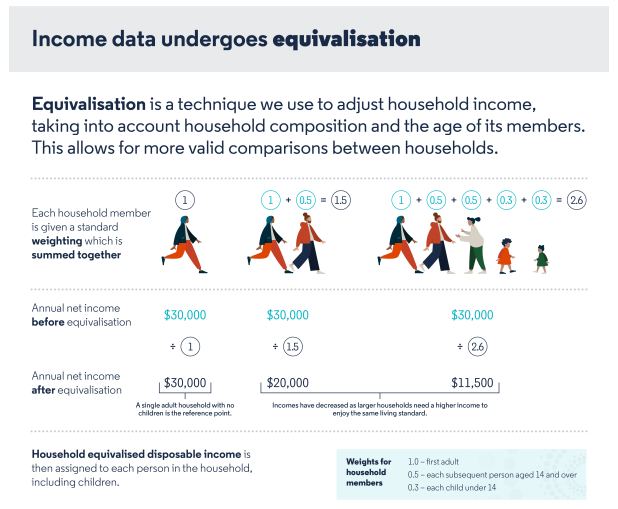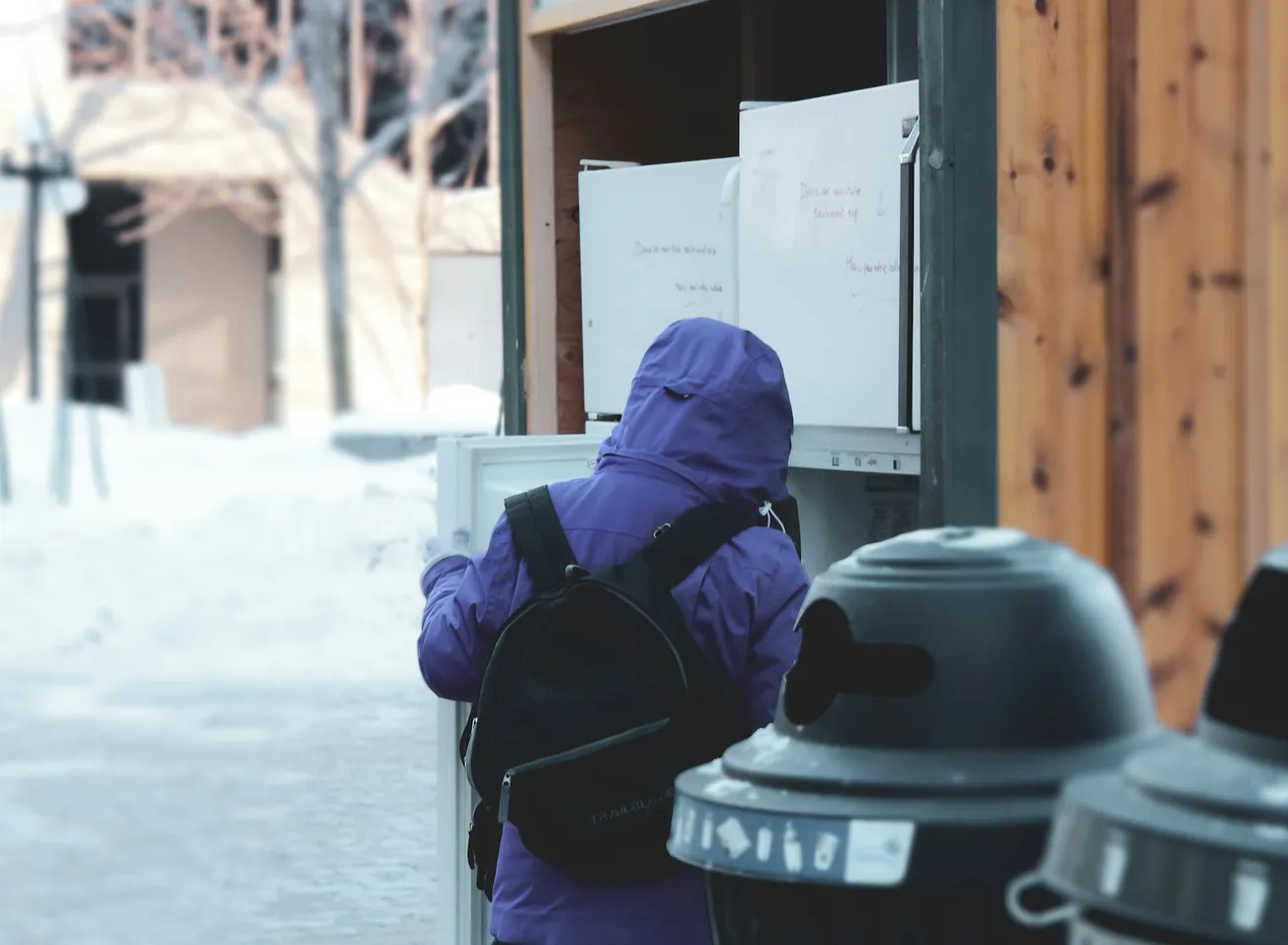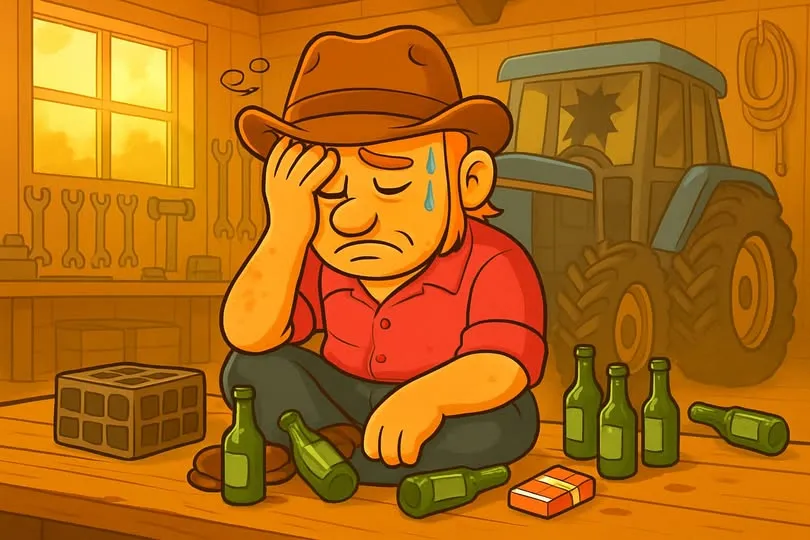Question: Do you understand how the child poverty statistics are derived?
Clearly some people do not.
Last week the latest child poverty statistics were all over the media. But there are a number of misunderstandings that need addressing. Like this one from NewstalkZB’s John MacDonald who wrote:
“Living in households that get-by on less than half the median income, before basic living costs are taken into account.
Now I’ve looked-up online to find out what the median income is in New Zealand and there seems to be all sorts of numbers available, but one figure I’ve seen is $91,400. So, let’s go with that one, for the purposes of today’s discussion.
Half of that is $45,700. So, it’s kids living in households where less than $45k is coming in the door annually.
With tax, that takes it down to about $38,000. Or about $730-a-week to live off.”
But the median income Stats NZ produces isn’t actual – it’s equivalised. In the past, I have attempted to explain how this process works, probably unsuccessfully. But now Stats NZ has helpfully produced a pictorial explaining the process:

The first household becomes relatively rich compared to the third household. But in reality, their household incomes are identical.
Similarly, RNZ demonstrated their misunderstanding reporting:
“One in six children (or 17.5 per cent) lived in households with less than half of the median household disposable income after household costs – that was up 3 percentage points on last year.”
In this case, the median household income has been described as “disposable”. That’s wrong too.
The disposable income of a household is all income ‘earned’ by members aged 15 or older after taxes and transfers. Disposable income then undergoes equivalisation for the purposes of creating official child poverty statistics.
Teresa Tepenia-Ashton of Unicef said:
“It’s unacceptable for a single child to be in poverty in this country. With 1 in 8 children experiencing material hardship, we need Government to prioritise the interests of children in any decisions relating to welfare changes, so we can bring this number down to zero.”
A target of zero children in poverty is an impossibility because of the way poverty is measured. It is relative. Zero poverty could only occur if every single household in New Zealand had the same equivalised income. It’s pure nonsense (similar to other ludicrous loony-tune ideas like Road to Zero 2030, Predator Free 2050 and Smoke Free Aotearoa 2025.)
There’s also been a great deal of handwringing over the higher poverty rates for Maori and Pasifika children. But that is at least partly a facet of the equivalisation process. Pacific households in particular tend to be large, include children and are often inter-generational. It follows that their equivalised incomes will therefore be lower than households with fewer members.
The complexity inherent in the multiple measures of child poverty does nothing to instil confidence in their veracity. What the complexity does do is create a bias towards overstating poverty – a useful tool for proponents of greater wealth redistribution.
I tend towards a simple view. One which rarely rates a mention. The strongest correlate for child poverty is the rate of single parenthood. In New Zealand it is high. Among Maori, it is very high.
Fixing that – an outcome largely in the hands of individuals – will go a long way towards reducing childhood hardship and deprivation.









